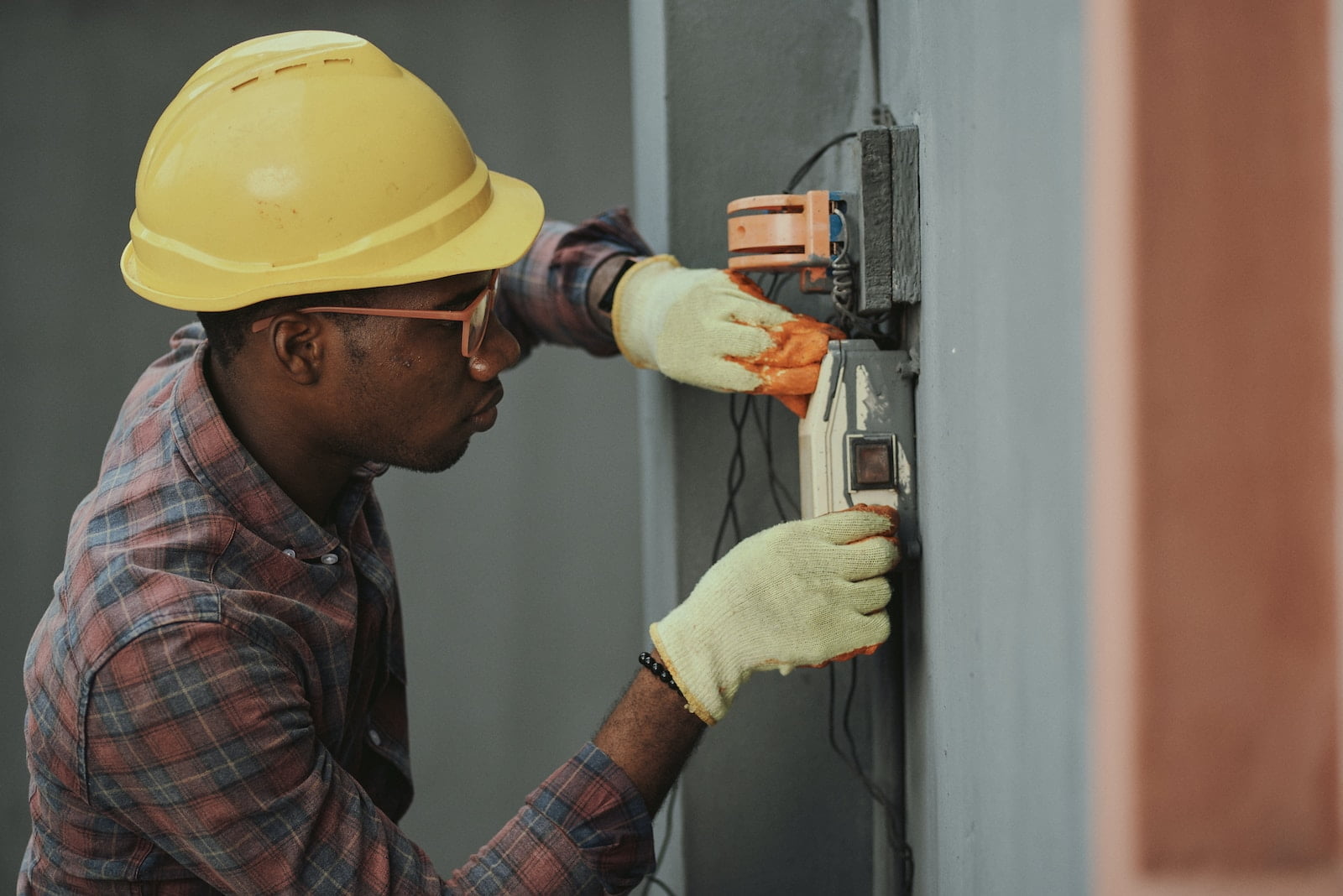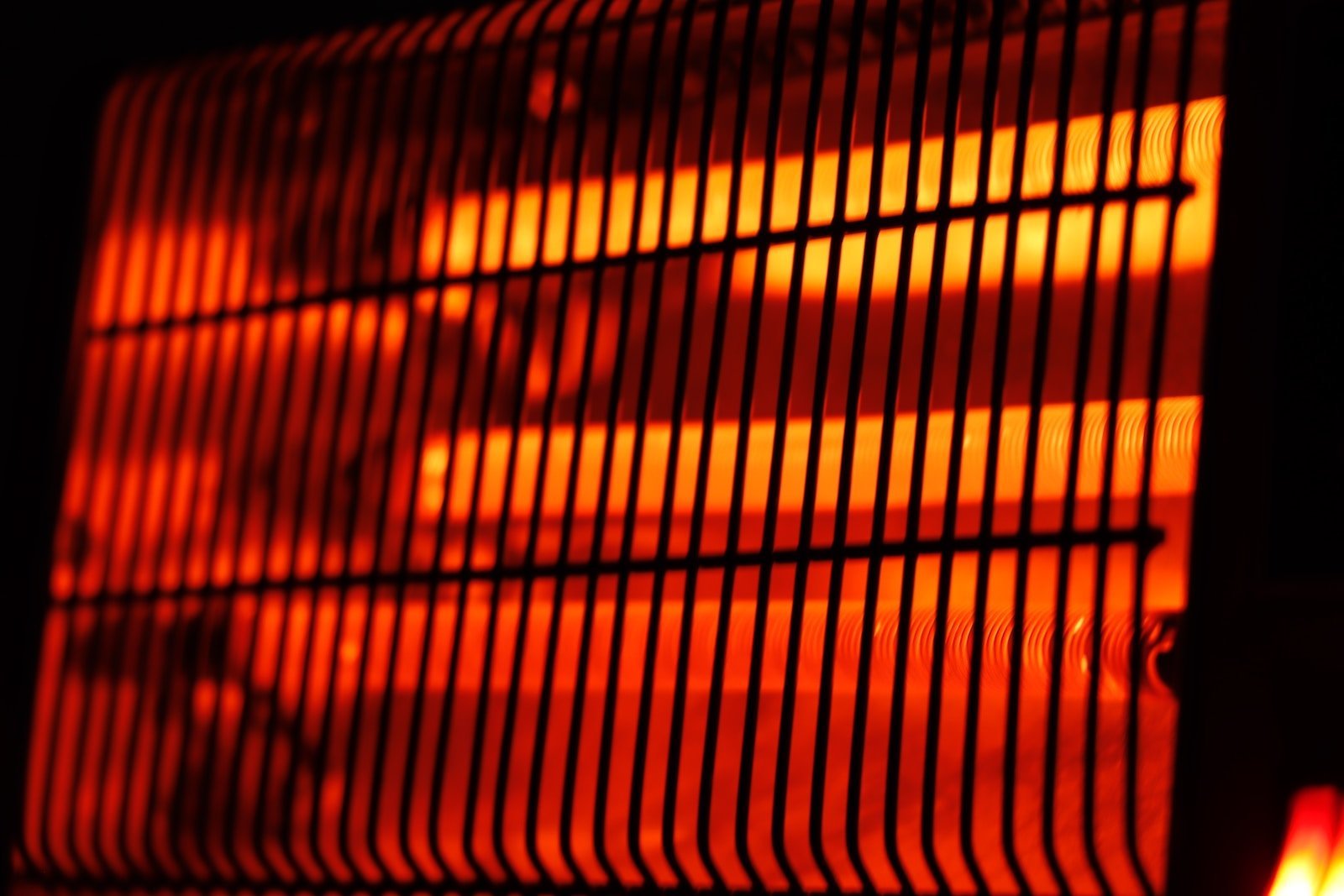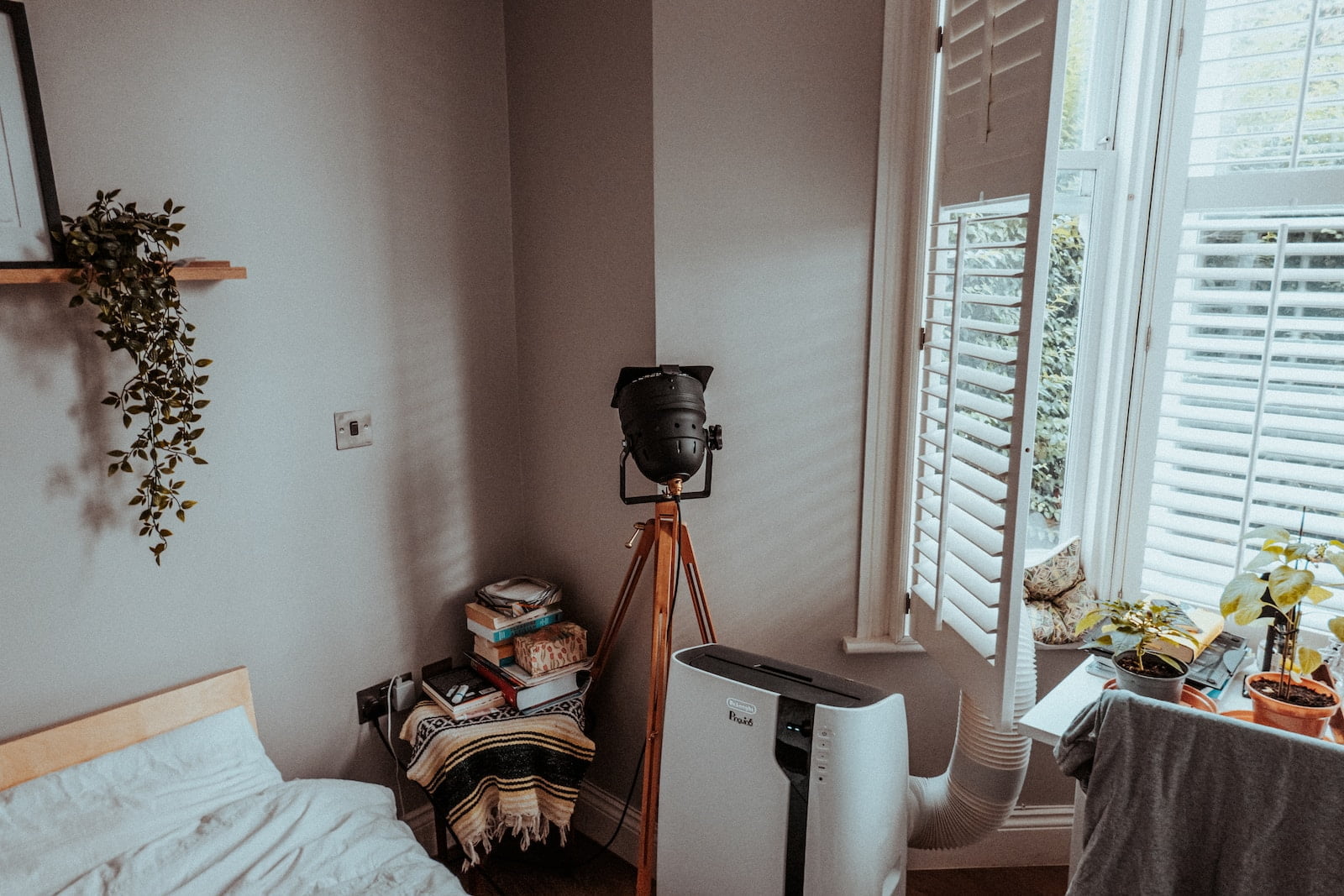Best Furnaces for Saving Energy and Money
As the world becomes more conscious of the impact of fossil fuels on the environment, the need for energy-efficient appliances has become increasingly important. One of the most significant energy consumers in most homes is the furnace. Heating and cooling account for almost half of a home’s energy usage, and furnaces are responsible for a significant portion of that. To reduce energy consumption and save money, homeowners are turning to energy-efficient furnaces. In this article, we will provide an overview of energy-efficient furnaces and their benefits.
Firstly, we will define what energy-efficient furnaces are and how they differ from traditional furnaces. We will then delve into the benefits of using energy-efficient furnaces, such as cost savings, improved indoor air quality, and reduced carbon footprint. Additionally, we will discuss the different types of energy-efficient furnaces available in the market and their features. By the end of this article, readers will have a better understanding of energy-efficient furnaces and how they can contribute to a more sustainable and cost-effective home.
Top-rated Furnaces for Energy Efficiency
In terms of energy efficiency, two top-rated furnaces are the Carrier Infinity 98 and the Lennox SLP98V. Both furnaces have an AFUE (Annual Fuel Utilization Efficiency) rating of 98%, which means that 98% of the fuel consumed is converted into heat. The Carrier Infinity 98 has a modulating gas valve that adjusts the heat output in small increments, while the Lennox SLP98V has a variable speed blower motor that adjusts the airflow to match the heating needs of the home. Both features help to improve energy efficiency and reduce energy consumption.
Another furnace that is highly rated for energy efficiency is the Trane XC95m. It has an AFUE rating of up to 97.3% and features a modulating gas valve that adjusts the heat output in 1% increments. The furnace also has a variable speed blower motor that adjusts the airflow to match the heating needs of the home. Additionally, the Trane XC95m has a Comfort-R™ mode that helps to reduce temperature swings and improve overall comfort.
Overall, the Carrier Infinity 98, Lennox SLP98V, and Trane XC95m are all excellent choices for homeowners who want to maximize energy efficiency and reduce energy consumption. While each furnace has its own unique features and benefits, they all share a commitment to energy efficiency and are among the top-rated furnaces on the market today.
Features to Look for in an Energy-Saving Furnace
Another important feature to consider when looking for an energy-saving furnace is the type of blower motor it has. A variable-speed blower motor can help reduce energy consumption by adjusting the speed of the fan to match the heating needs of your home. This means that the blower motor will run at a lower speed when less heat is needed, which can result in significant energy savings. Additionally, look for a furnace with a high Annual Fuel Utilization Efficiency (AFUE) rating, which measures the furnace’s efficiency in converting fuel to heat. A higher AFUE rating means that the furnace is more efficient and will use less energy to heat your home.
Another feature to consider is the type of fuel the furnace uses. Natural gas is often the most cost-effective and environmentally friendly fuel option, but if natural gas is not available in your area, propane or oil may be used. However, these fuels tend to be more expensive and less efficient than natural gas. Finally, consider the size of the furnace. A furnace that is too small will have to work harder to heat your home, while a furnace that is too large will waste energy by cycling on and off frequently. It’s important to choose a furnace that is the right size for your home’s heating needs.
Tips for maintaining and optimizing furnace efficiency
Another tip for maintaining and optimizing furnace efficiency is to ensure that the furnace filter is clean. A dirty filter can restrict airflow and cause the furnace to work harder than necessary, leading to higher energy bills and potential damage to the furnace. It is recommended to change the filter every 1-3 months, depending on usage and the type of filter. Additionally, sealing air leaks around doors and windows can prevent cold air from entering the home and causing the furnace to work harder. This can be done with weatherstripping or caulking. Finally, scheduling regular maintenance with a professional HVAC technician can ensure that the furnace is running efficiently and catch any potential issues before they become costly problems.
Cost Savings of Upgrading to an Energy-Efficient Furnace
One of the main advantages of upgrading to an energy-efficient furnace is the cost savings it can provide. While the initial cost of purchasing and installing a new furnace may seem daunting, the long-term savings can be significant. Energy-efficient furnaces are designed to use less energy than traditional models, which means they can help lower your monthly utility bills. In fact, according to the U.S. Department of Energy, upgrading to an energy-efficient furnace can save you up to 30% on your heating costs.
Additionally, energy-efficient furnaces often require less maintenance and repairs than older, less efficient models. This can save you money on costly repairs and extend the lifespan of your furnace. Plus, many energy-efficient furnaces come with warranties that can provide additional cost savings and peace of mind.
Overall, upgrading to an energy-efficient furnace can provide significant cost savings over time. Not only can it help lower your monthly utility bills, but it can also reduce the need for costly repairs and maintenance. If you’re considering upgrading your furnace, it’s worth exploring your options for energy-efficient models and calculating the potential cost savings over time.






